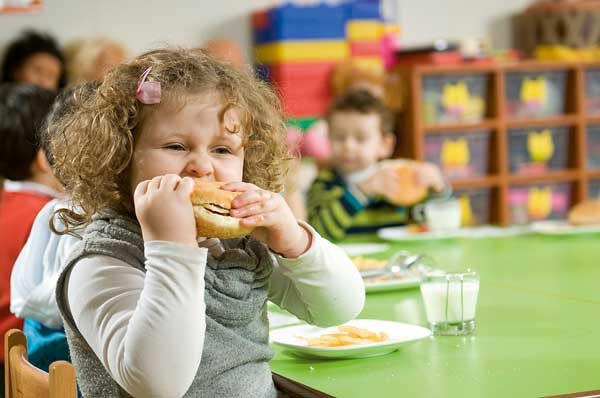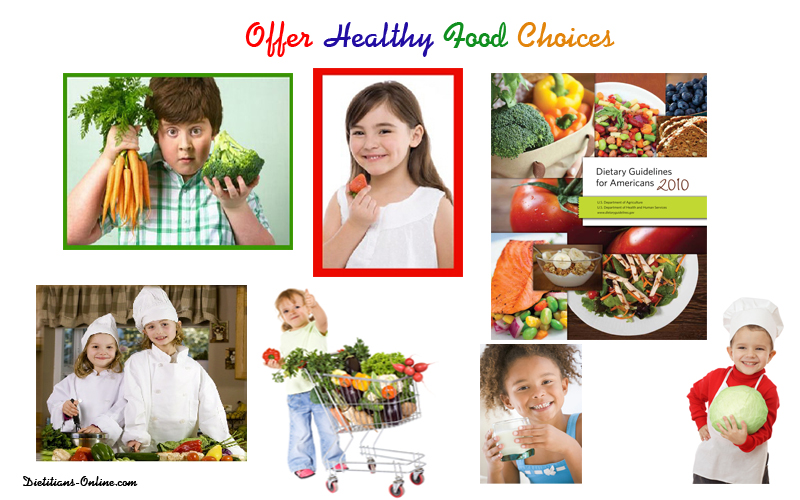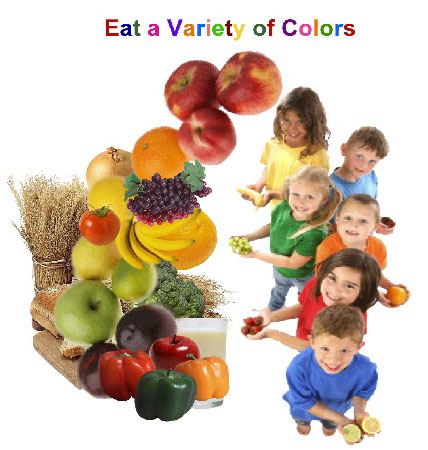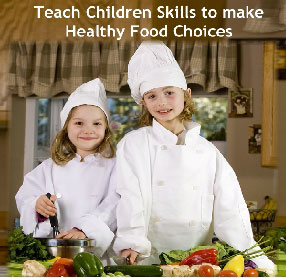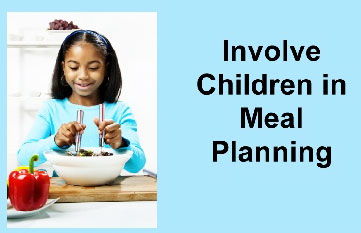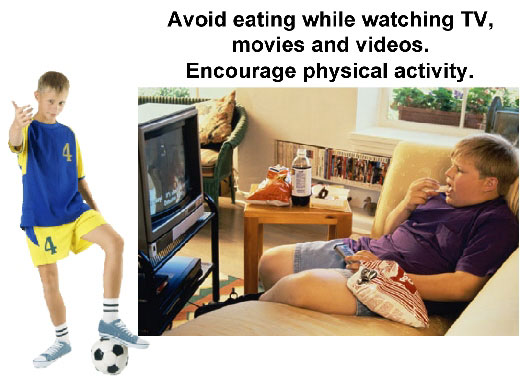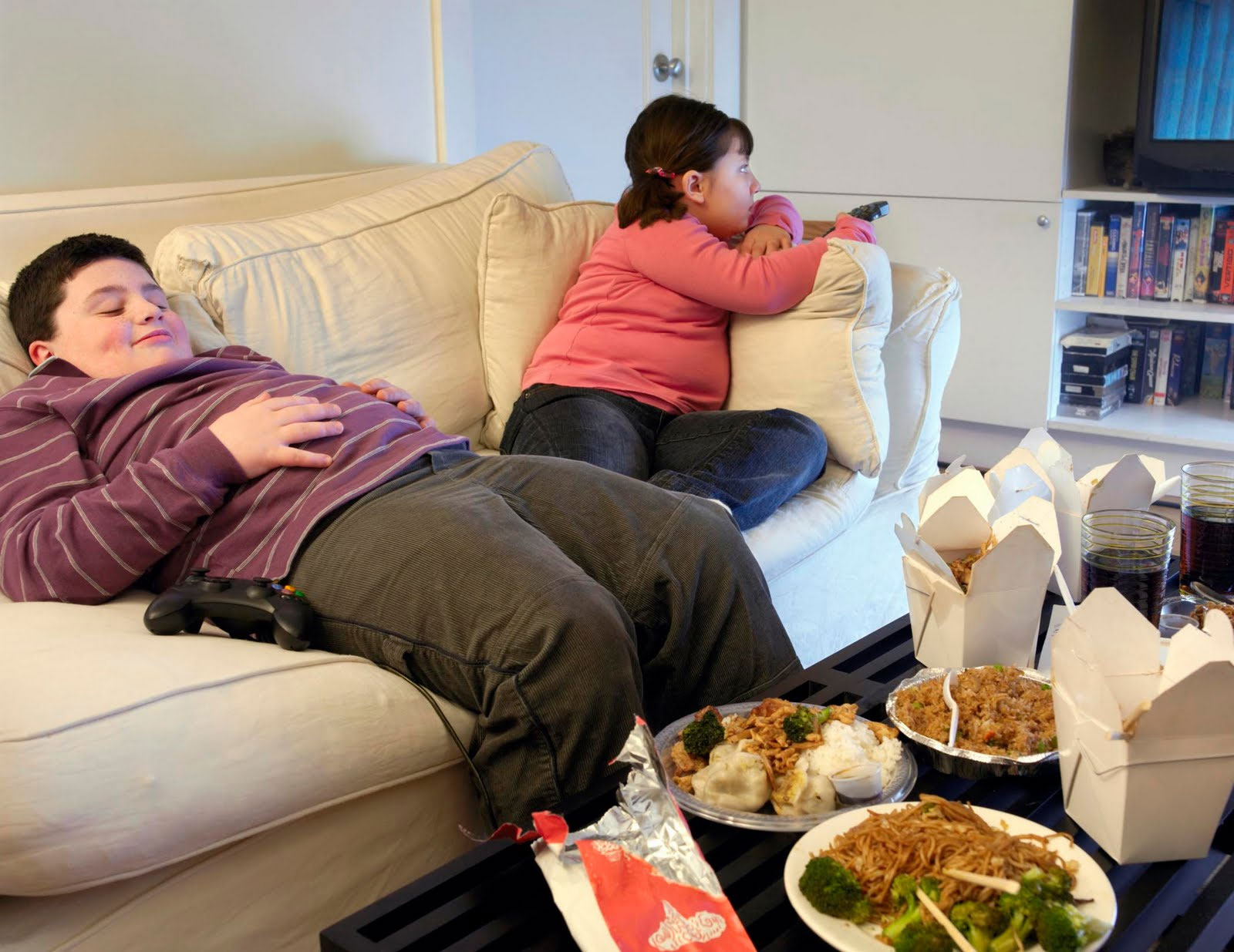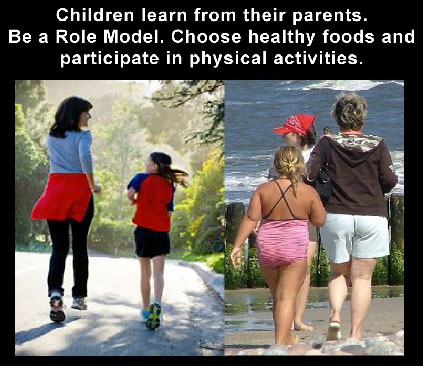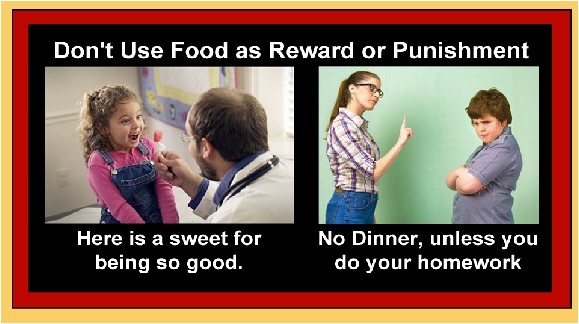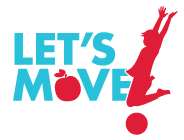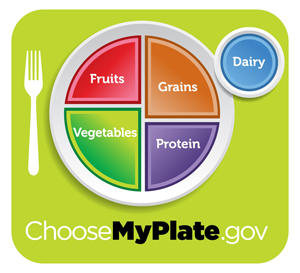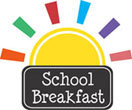As one gets older, some of our dietary needs change related to our health. This year I'm on a personal quest to prepare foods rich in flavors and colors, yet meet changing nutritional needs.
A diagnosis of arthritis, can make it difficult to prepare some of your favorite recipes. Try improvising with some pre-packaged products and a touch of creativity.
Changing Nutritional Needs:
1. Easy to prepare recipes (related to arthritis). Keep a pair of scissors around in order to open packages. Learn to slow down to avoid cutting oneself or dropping items.
2. Lower Sodium (related to hypertension; family history)
3. Increase Fiber (related to diverticulosis)
4. Monitor Calories and Increase Activities (related to a slower metabolism)
5. Easy to Chew (related to dentures and a recent stroke)
6. Low in Cholesterol (related to history of elevated blood cholesterol; family history)
1. Easy to prepare recipes (related to arthritis). Keep a pair of scissors around in order to open packages. Learn to slow down to avoid cutting oneself or dropping items.
2. Lower Sodium (related to hypertension; family history)
3. Increase Fiber (related to diverticulosis)
4. Monitor Calories and Increase Activities (related to a slower metabolism)
5. Easy to Chew (related to dentures and a recent stroke)
6. Low in Cholesterol (related to history of elevated blood cholesterol; family history)
As I read this list, one might think I'm a mess, but I feel great. I am eating healthy and exercising at least one hour a day 5 to 6 times a week. I joined the silver sneakers program (free for many seniors depending on your health insurance). The SilverSneakers® Fitness Program is an exercise program helping older adults live healthy, active lifestyles. "Get fit, have fun, make friends!" I took my first Zumba class this week and had a great time. Next week I am looking forward to learning yoga.
Carrot Ginger Bisque
Yield: 6 servings
Serving Size: about 1 cup
Ingredients
2 cup Vegetable Broth, low sodium
1.5 cup Carrots, diced
1/4 cup Cranberries, dried, sweetened
1 box (17.6 oz) Cashew Carrot Ginger Bisque, Pacific Natural Foods
3/4 cup White Beans, unsalted, drained
Directions
Heat the vegetable broth. Add diced carrots and dried cranberries. Simmer until carrots and cranberries are tender. Using a strainer separate the carrots and cranberries from the broth. Reserve carrots and cranberries.
Combine the broth and "Cashew Carrot Ginger Bisque". Heat over medium heat until hot, stirring occasionally. Add the white beans and reserved carrots and cranberries. Mix and reheat to serving temperature.
Notes. I used a low sodium vegetable broth to lower the sodium content of the Cashew Carrot Ginger Bisque. To increase the fiber content, I garnished the recipe with white beans, diced carrots, and dried cranberries.
Yield: 6 servings
Serving Size: about 1 cup
Ingredients
2 cup Vegetable Broth, low sodium
1.5 cup Carrots, diced
1/4 cup Cranberries, dried, sweetened
1 box (17.6 oz) Cashew Carrot Ginger Bisque, Pacific Natural Foods
3/4 cup White Beans, unsalted, drained
Directions
Heat the vegetable broth. Add diced carrots and dried cranberries. Simmer until carrots and cranberries are tender. Using a strainer separate the carrots and cranberries from the broth. Reserve carrots and cranberries.
Combine the broth and "Cashew Carrot Ginger Bisque". Heat over medium heat until hot, stirring occasionally. Add the white beans and reserved carrots and cranberries. Mix and reheat to serving temperature.
Notes. I used a low sodium vegetable broth to lower the sodium content of the Cashew Carrot Ginger Bisque. To increase the fiber content, I garnished the recipe with white beans, diced carrots, and dried cranberries.
Nutrition Information
Recipe Card








